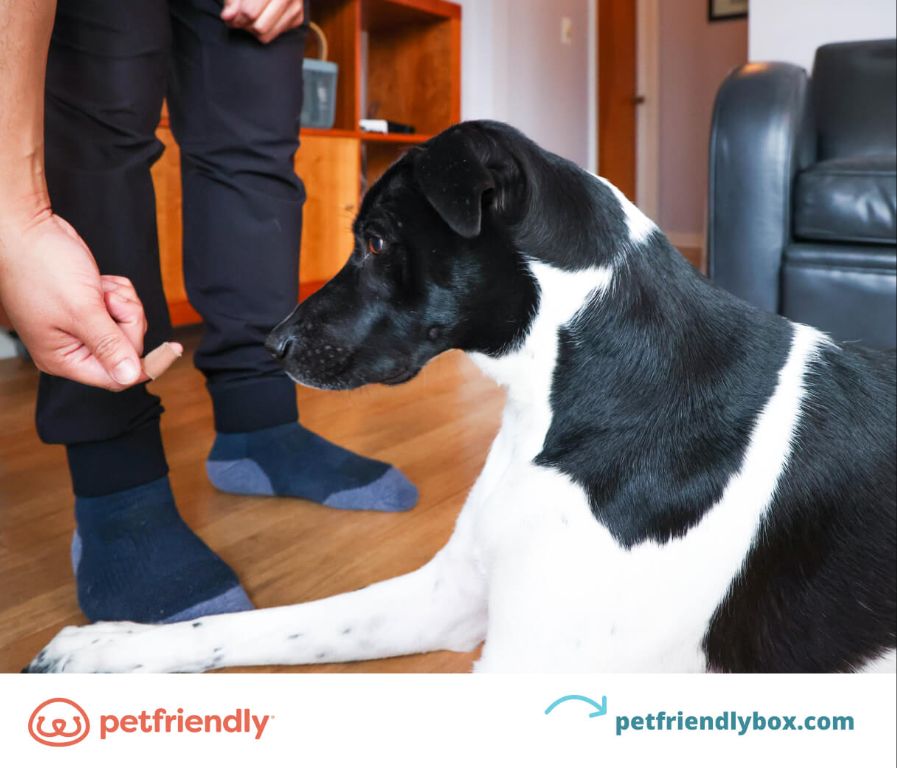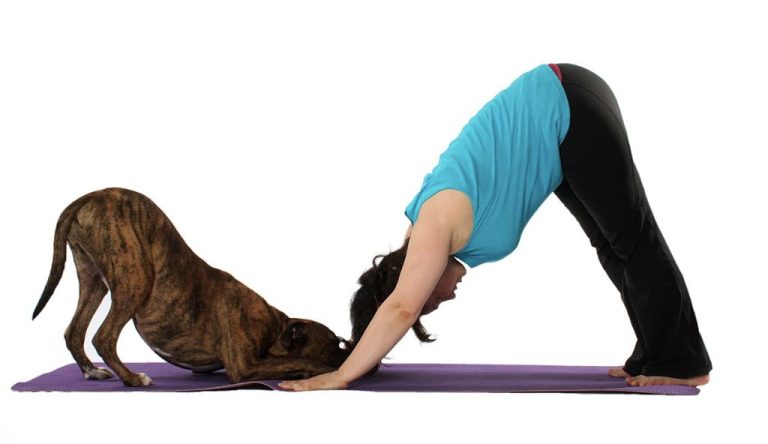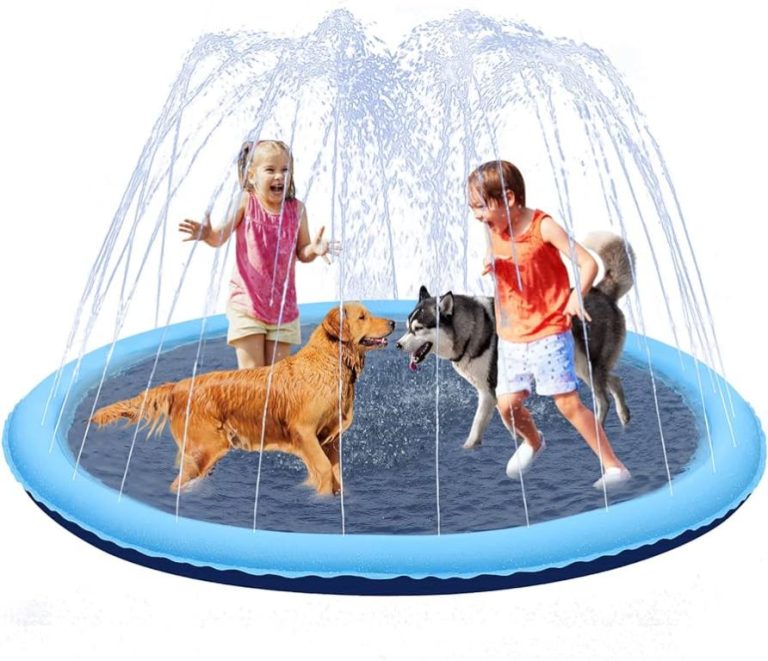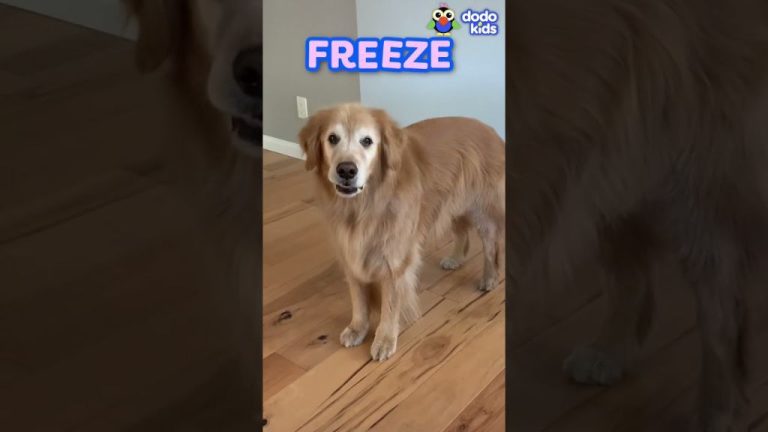Brain Games For Dogs: Keep Your Pup Sharp
Mental stimulation is crucial for dogs to keep them engaged, enriched, and prevent boredom or anxiety. Just like humans, dogs need activities to exercise their brains in addition to their bodies. By incorporating mental exercises into a dog’s routine, owners can provide important cognitive benefits that will keep their pup attentive, adaptable, and better behaved.
Mental stimulation comes in many forms beyond just physical activity. Training, games, toys and food puzzles are all great ways to engage a dog’s mind and natural instincts. An understimulated dog can become restless or even destructive, so it’s important for owners to understand their dog’s needs. The following sections will explore different methods for providing mental enrichment and keeping your pup sharp.
Types of Dog Intelligence
There are three main types of dog intelligence according to canine psychologist Stanley Coren in his book The Intelligence of Dogs:
- Instinctual intelligence – This refers to the innate skills and traits that dogs are born with, including natural behaviors like hunting, herding, guarding, and scavenging.
- Adaptive intelligence – This type of intelligence is about how well dogs can adapt to their environments and learn new skills through experience and training.
- Working and obedience intelligence – This measures a dog’s ability to follow commands, interpret cues, and cooperate with humans for work or sport.
The working/obedience intelligence is often used to rank dog breed intelligence, as it relates closely to trainability. However, all three types of intelligence are important facets of canine cognition.
Benefits of Mental Stimulation
Mental stimulation provides many benefits for dogs, including preventing boredom and destructive behavior. Bored dogs may engage in destructive chewing or barking, but mental activities provide an outlet for their energy and curiosity. According to the article “The Importance of Mental Stimulation for Dogs” on Petite Pup Daycare, mental stimulation helps fight symptoms of anxiety, dementia and depression in dogs https://www.petitepupdaycare.com/the-importance-of-mental-stimulation-for-dogs/.
Mental exercise also strengthens cognitive abilities in dogs. Training games and food puzzles exercise a dog’s brain, building confidence and skills. As the article on Fox Valley Animal Hospital explains, mental stimulation is great for helping dogs learn and lowering stress https://foxvalleyanimalhospital.com.au/mental-stimulation-pet-health/. Keeping your dog’s mind active and engaged prevents boredom while providing an enriching experience.
Brain Games at Home
There are lots of fun and easy ways to stimulate your dog’s brain in your own home. Some of the top brain games to play with your dog at home include:
Hide & Seek
This classic game is great for boosting your dog’s problem solving skills. Start by having your dog sit and stay while you hide a treat or favorite toy. Then, release your dog to go find it! Increase the challenge by hiding in new spots around the house. Hide and seek helps improve your dog’s memory, sniffing skills, and ability to infer where you may have hidden the treat 1.
Shell Game
To play this game, place a treat under one plastic cup or bowl, then shuffle it around with two other empty cups. Let your dog sniff and figure out which cup is hiding the treat. This game stimulates your dog’s memory, smell, and reasoning skills.
Puzzle Toys
There are many interactive puzzle toys designed specifically to challenge your dog’s brain. These toys hide treats inside plastic mazes or compartments that your dog must manipulate to reach the reward. Puzzle toys provide mental enrichment and slow down fast eaters.
Nosework
Hide treats around the house and encourage your dog to sniff them out. As your dog improves, try hiding treats under cups, in boxes, or wrapped in paper to make it more challenging. Nosework games stimulate the olfactory part of your dog’s brain.
Training Games
Advanced obedience training is excellent mental stimulation for dogs. Practicing advanced commands like “stay”, “leave it”, and “heel” requires your dog to focus and problem solve. Variety is key – try training in new locations to keep your dog’s interest. Consider taking an obedience class focusing on canine good citizenship skills or therapy dog training.
According to the American Kennel Club, agility provides physical and mental exercise by requiring dogs to navigate obstacles like jumps, tunnels, and weave poles. You can create DIY agility courses at home using household items. Start easy with low jumps and short distances between obstacles. Always prioritize safety and proper form.

Teaching new tricks like “shake”, “roll over”, or “play dead” stimulates your dog’s mind through repetition and positive reinforcement. Tricks build the bond between you and your dog. Start with simple behaviors your dog already exhibits. Provide rewards frequently at first. Once a trick is learned, practice occasionally to keep your dog’s skills sharp.
Food Puzzles & Dispensers
Food puzzles and dispensers are a great way to provide mental enrichment for dogs. They work by forcing the dog to manipulate the toy in different ways to access the food inside. This provides mental stimulation and slows down fast eaters. Some popular options include:
Slow feeder bowls like the Outward Hound Fun Feeder have ridges and mazes that dogs must navigate to access kibble. This helps prevent indigestion from eating too quickly.
Kongs and treat dispensing toys like the KONG Gyro can be filled with wet food, peanut butter, or treats to occupy dogs. As they roll and manipulate the toy, food gradually dispenses.
Food puzzle toys like the Nina Ottosson puzzles require dogs to slide doors, flip lids, or spin wheels to reveal hidden food compartments. This provides an extra mental challenge.
Rotate different types of food puzzles to keep your dog engaged and challenged. Start with simpler puzzles and gradually introduce more complex ones as your dog learns how to manipulate the toys.
Outdoor Games
Playing outdoor games is a great way to provide mental stimulation for dogs. Some popular outdoor brain games include:
Fetch
Fetch is a classic game that most dogs love. Throwing a ball or toy and having your dog run after it and bring it back challenges their problem-solving skills. Take fetch up a notch by throwing the toy in different directions so your dog has to think about where it landed (https://www.purina.co.uk/articles/dogs/behaviour/play/brain-games-for-dogs).
Frisbee
Frisbee requires your dog to run, jump, and calculate where the disc will land. Try throwing it at different angles and distances to keep your pup thinking. Using a variety of Frisbees adds more challenge too (https://www.barclondon.com/blogs/dog-training-behaviour/brain-games-for-dogs).
Flirt Pole
A flirt pole has a rope attached to a pole with a toy on the end that you swing around for your dog to chase. It stimulates their prey drive while engaging their mind and body. Varying your movement patterns will keep your dog actively problem solving during play.
Hide & Seek
Let your dog watch as you hide a favorite toy somewhere in the yard, then say “go find it!” Hide and seek tests their ability to use their nose, memory, and environment to locate the toy. Increase the challenge by hiding multiple toys around the yard for them to sniff out.
Getting Started
When getting started with brain games for your dog, it’s important to first assess your dog’s individual needs and preferences. Consider your dog’s age, energy level, and interests. A working or high-energy breed like a Border Collie may need more vigorous mental challenges than an older or lower energy breed. Observe what kinds of toys and activities motivate your dog.
Start with basic games like hiding treats around the house for your dog to sniff out. Increase the challenge by hiding treats under cups or boxes. You can also begin training your dog using clicker training and commands. Work on teaching new tricks and rewarding your dog for accomplishments.
When choosing brain games, opt for ones that engage your dog’s natural behaviors like scenting, foraging, and problem-solving. Rotate through different games to keep your dog interested and challenged. Adjust difficulty levels based on your dog’s successes. Take care not to overstimulate or frustrate your dog. Keep training sessions short, positive, and fun.
It’s helpful to establish a routine of daily brain games and training with your dog. But keep in mind that mental stimulation should be balanced with adequate physical exercise and relaxation. With the right mix of brain and body activities, your dog will stay sharp, engaged, and healthy.
For more tips on getting started with brain games, check out these resources:
[How to start brain games with your dog at home](https://www.purina.co.uk/articles/dogs/behaviour/play/brain-games-for-dogs)
[7 brain training games for dogs](https://www.animalhumanesociety.org/resource/brain-games-for-dogs)
Making It Fun
When doing brain games with your dog, it’s important to keep things positive and rewarding. After all, you want your pup to get mental stimulation but also have a great time!
Keep training sessions short and upbeat. Dogs have a limited attention span, so 5-10 minutes of focused activity is plenty. Always finish on a high note when your dog is still engaged and excited. Ending when your pup gets bored can make them dislike brain games.
Make sure to use lots of encouragement, praise, and rewards like treats or toys. This positive reinforcement helps your dog associate mental stimulation with something enjoyable.
It also helps to switch up the types of brain games you play. Variety keeps your dog engaged by presenting new challenges. Try alternating between training games, food puzzles, hide-and-seek, and more. Having an assortment of interactive toys makes it easy to change things up.
With patience and positivity, you can keep brain games feeling fresh and fun for your pup. The mental and physical benefits will have you both coming back for more!
Conclusion
In summary, engaging your dog’s brain through games and activities provides important mental stimulation. As the article on Hundeo states, “By solving puzzles and overcoming challenges, these games promote your dog’s overall emotional well-being.”
Research also shows that interacting with dogs activates the prefrontal cortex, the area of the brain responsible for complex thinking and decision making. As one study published in Nature found, “Prefrontal brain activation in healthy subjects increased with the rise in interaction closeness with a dog.” (https://www.ncbi.nlm.nih.gov/pmc/articles/PMC9534402/)
Providing lifelong mental stimulation for your dog through various games and training exercises can strengthen your bond, prevent boredom, and support overall brain health. By incorporating regular brain games into your dog’s routine, you’ll keep their mind sharp and engage their natural problem-solving abilities.





